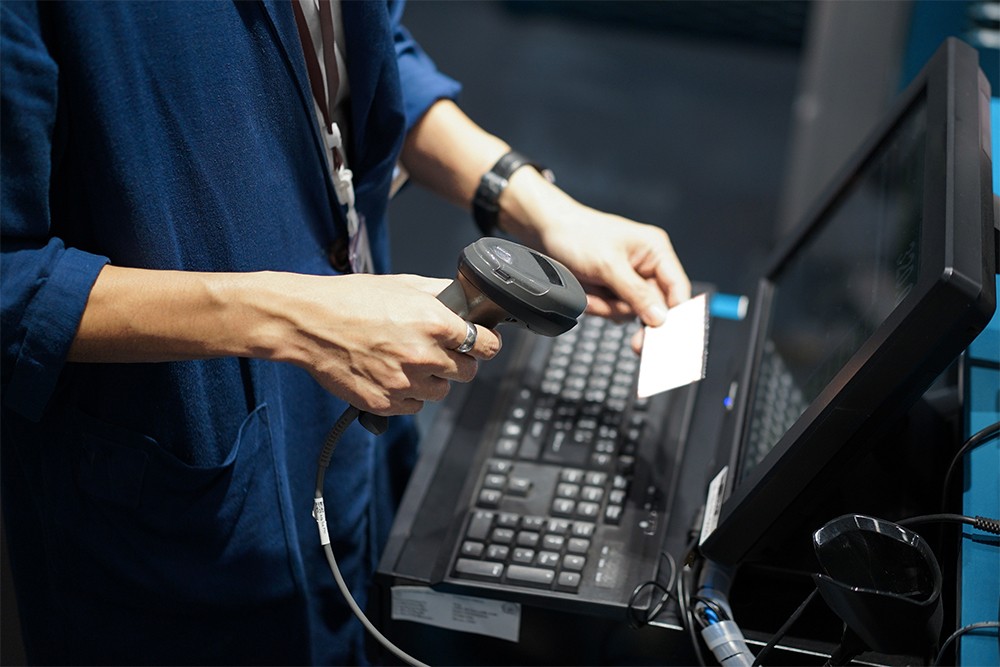
Loss prevention at the Point of Sale
As the place where transactions take place, the Point of Sale is a pivotal to loss prevention. Not only is it the station where staff cast a watchful gaze over the floor, it’s also the potential site of employee theft and consumer fraud.
Here’s a guide to improving loss prevention at the Point of Sale.
Central positioning
The Point of Sale requires careful positioning to ensure it is accessible to customers looking to make a transaction and is also centrally located to allow staff to monitor the floor and additional areas such as changerooms.
For staff, it should be spacious enough to accommodate the tools they need, such as a register, cash drawer and barcode scanner, and should be easy to exit and enter, while still indicating this is an arena for employees only.
Easy exit and entry ensure staff can come out from behind the POS to assist customers when required.
Mobile POS
Mobile Point of Sale assists with both customer service and loss prevention. It allows staff to move freely on the floor, while still making sales, and cutting customer time spent in the queue.
Meanwhile, mobile POS can also assist with loss prevention because it ensures staff can be where they need to be, meeting and greeting clientele while facilitating sales.
Software to measure and manage

The POS is key to measuring exactly where loss in-store is occurring. Sales reports and inventory software can help identify trends such as items that are missing, along with peak periods which might be more prone to theft.
This software can also assist in identifying employee theft and customer fraud, by highlighting trends in gift card sales, returns and exchanges, and offering information about who is on duty at that time.
CCTV
CCTV that monitors both the store and the Point of Sale serves to reduce both shoplifting and staff theft. When CCTV is obvious and clearly labelled it acts as a deterrent, while also serving to identify perpetrators.
Staff training
Staff training is imperative to reducing loss throughout a retail outlet, and much of this training relates to the Point of Sale.
Store policies and procedures set parameters for exchanges and returns, while also fostering secure cash management skills, accountability, good customer service, and employee expectations.
These in turn help minimize miscellaneous loss, shoplifting and employee theft.
EAS handling

The Point of Sale is inextricably linked with loss prevention strategies like electronic article surveillance. For example, the POS should have a line of sight to EAS antenna so staff can quickly be alerted to an alarm and see exactly what’s occurring.
Meanwhile, the POS is the place where security labels are deactivated, and security tags are removed.
Store management should ensure there are sufficient detachers for tags available, so staff can seamlessly remove tags at the POS as part of the sales transaction.
These detachers should also be secured so they are not the target of theft, while it’s important to note accurate and consistent tag detaching helps mitigate false EAS alarms.
When it comes to label deactivators, these should be positioned with the barcode scanner, so the transaction is registered, and the label is deactivated in one maneuver. This reduces time spent at the POS while also improving EAS accuracy.
You can learn more about strategies to improve loss prevention in store here, or contact our friendly staff to order your security tags and labels here.


